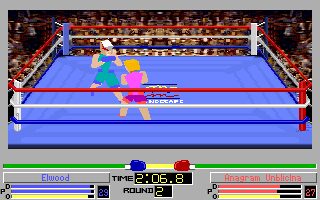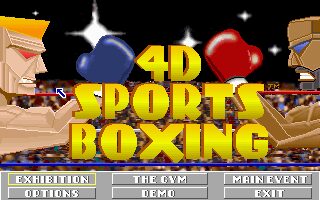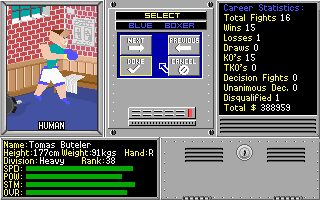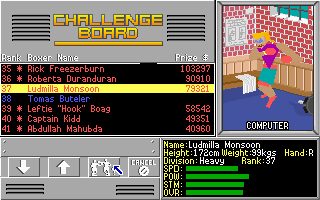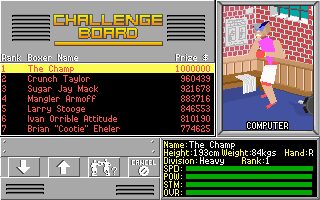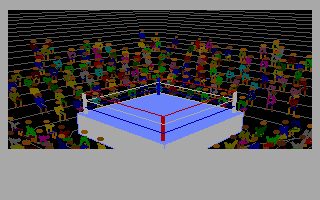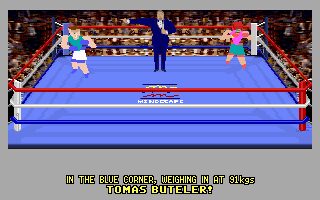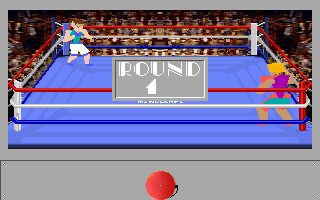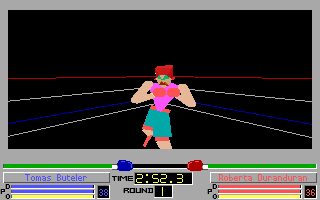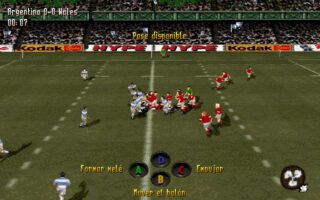4D Sports Boxing by Distinctive Software, released in 1991, is one of the best boxing simulations ever created.
When you think of retro boxing titles, what is the first one that comes to mind? The most obvious reference is the classic Punch-Out!! But this and many other entries have a very distinctive characteristic: they are very unrealistic and not very faithful to the sport. On the other side of the threshold, there was a game that dared to do the opposite. This is 4D Sports Boxing, the game that is perhaps too realistic for its own good.
This boxing title was developed and published by Distinctive Software from Vancouver. Created in 1991, it was presented by various mediums, including Amiga, DOS, and Atari. This entry was not a separate case for the developer, since the game is part of a series of sports titles that also included 4D Sports Tennis or 4D Sports Driving.
Remember when I first said that the title is too realistic for its own sake? You should remember, I said it only X words ago. That is partially true. First of all, only watching the gameplay or is not very involved will get bored and a lot. The game is very unattractive to look at, and I'm not talking about the graphics, which I'm going to talk about later, but the gameplay, which really seems generic and very uninteresting. Likewise, whoever decides to get into the game and assumes that a giant Myke Tyson will not appear to knock him out in one blow is in for a surprise.
First, the player is presented with the possibility of creating his own boxer and a unique playing style, modifying statistics such as weight, height, speed, power, or stamina. In combat, the fight can last up to 15 rounds and maintains the rules of a real fight. There are even disqualifications. Besides, the title is a fight of statistics, but it has several mechanisms such as evasion or counterattack. Even though they have not used them to sell the title, the developers did not resist the temptation to add real boxers' winks to the main character's rivals. So, with not so subtly modified names, a sports fan can imagine each rival's real counterpart.
Regarding graphics, this installment is one of the first to use motion capture animation applied in 3D. Being the pioneer in this field, today, many fans decide to omit the quality of their graphics and concentrate on the fact that they tried something different. Unfortunately, I am not one of those fans.
The artistic decisions are a disaster. In itself, there is nothing wrong with boxers being made of polygons; the problem arises when everything that accompanies them is made to make them look worse. The first impression I have when I start the fight is that of a referee who does not use this technology and looks much better than the fighters. This makes me look at him, look at them again, and then feel disappointed. The audience wears much duller colors with less brightness in the fight, so the ring and its inhabitants take much more impact. This would be good in any other case, but when the referee and the audience look more human, I can't help but feel that I'm starring in a colored box fight. The following year we can find an example of the 3D polygons much better applied. In Alone in the Dark, we can see how even though only the characters are designed this way, the whole game is invaded by very saturated, intense, and varied colors. This takes power away from the characters and mixes them in the environment, so something that at first looks weird, after a few minutes of gameplay, we get used to it.
In short, 4D sports gaming may not be an audiovisual jewel (even if its characters shine like one) and may not be the most fun game to watch someone play. But on the other hand, those who enjoy its realism and respect for boxing, along with its great variety of strategies and interesting gameplay, can have fun for a long time. Also, the system of customization and character creation is very well applied. If you doubt that you will like it, play it, because when you start, you will not want to stop until you finish it.

